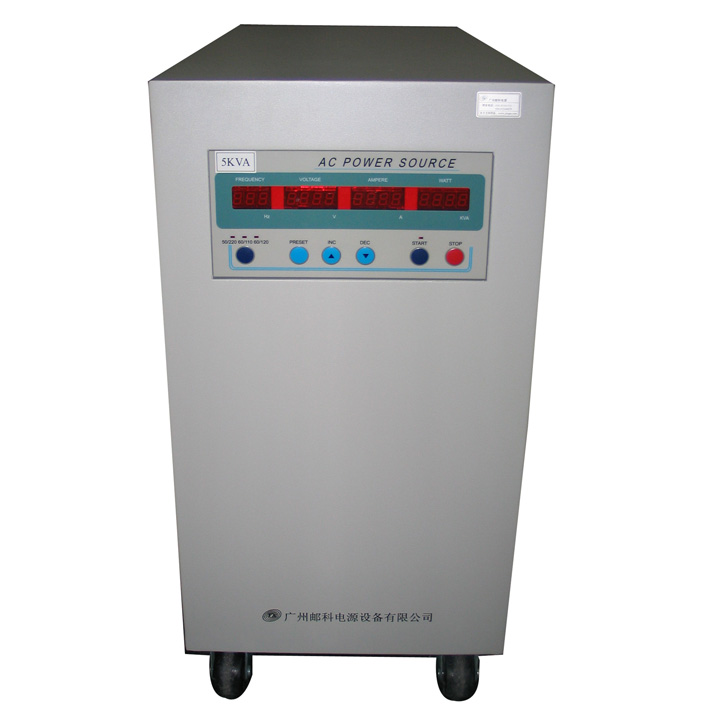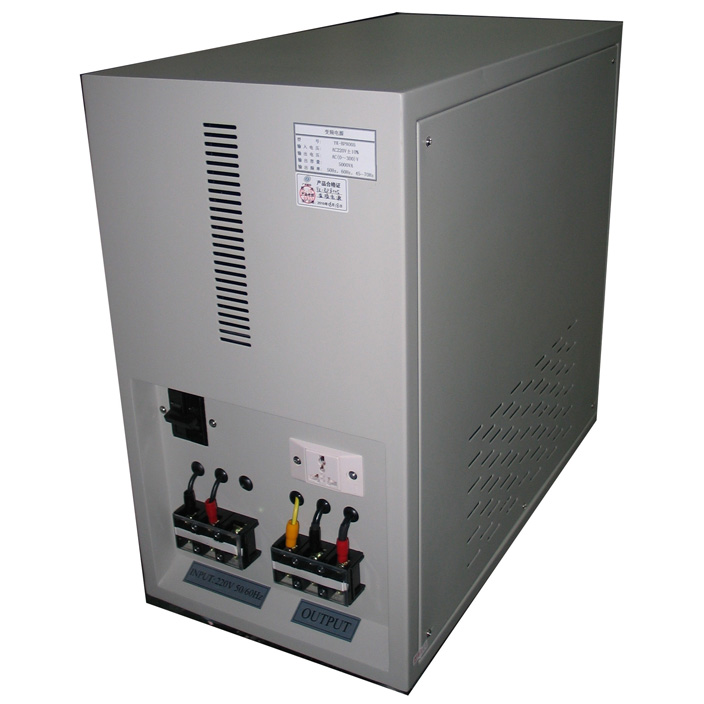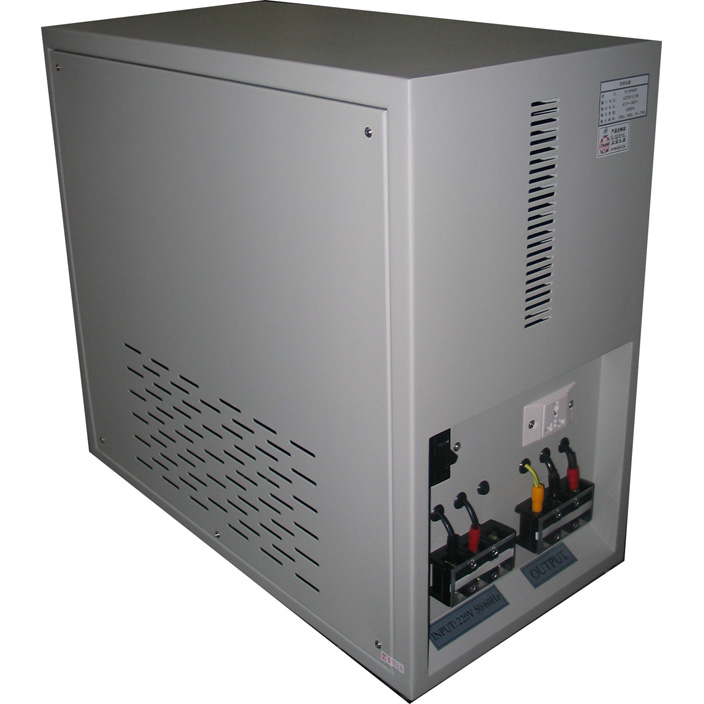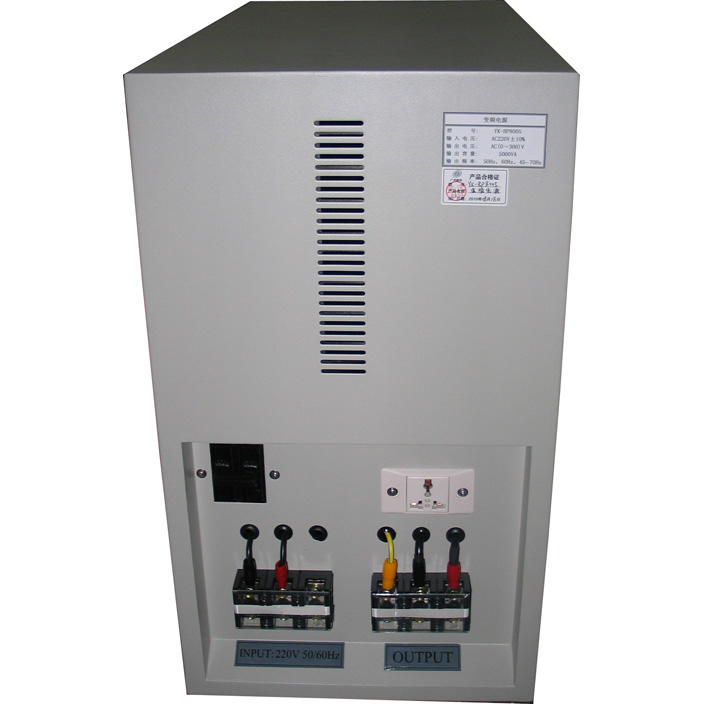News
Comprehensive Guide to Frequency Conversion Technologies
Click: 721 Date: 02/21/2024 5::33::21 PM
Comprehensive Guide to Frequency Conversion Technologies
Understanding the Basics of Frequency Conversion:
Frequency converters play a pivotal role in electrical systems by transforming the frequency of an electrical signal, which is essential for the functioning of various devices and systems.
The significance of frequency conversion in power distribution cannot be overstated, as it ensures the stability of the power grid and the reliability of power supply to end-users.
Exploring the role of frequency converters in electrical systems:
Frequency converters are integral to the operation of electrical systems, enabling the control of devices such as motors and pumps by adjusting the frequency of the electrical supply.
They are a key component in the field of power electronics, where they are used to convert and regulate electrical power between different frequency ranges.
The importance of frequency conversion in power distribution:
Frequency conversion is critical in power distribution as it ensures the stability of the power grid by maintaining a consistent frequency of power supply to consumers.
It helps in managing the energy supply effectively, particularly during times of imbalance between generation and load, by allowing for adjustments that can stabilize the power system.

AC to DC Converters: Key Features and Design
Exploring the role of AC to DC converters in power electronics.
The conversion process from alternating current to direct current.
The use of transformers to adjust AC voltage levels for DC operation.
DC to AC Converters: Operation and Usage
The principles behind DC to AC conversion and its significance in electronic devices.
The types of rectifiers and their functions in converting DC to AC.
The importance of filters and regulators in ensuring stable DC output.
Applications of AC to DC Converters
The widespread use of AC to DC converters in household appliances and electronics.
The role of AC to DC converters in powering various devices, from small appliances to industrial machinery.
The applications of AC to DC converters in renewable energy systems and telecommunications.
Emerging Trends in AC-DC Converters
The development of new materials like GaN and SiC for more efficient converters.
The trend towards compact and reliable AC-DC converters for improved energy efficiency.
The integration of renewable energy systems with the help of advanced AC-DC converters.
Conclusion: The Future of AC-DC Converters
The evolution of AC-DC converters from linear power supplies to switched-mode power supplies.
The importance of understanding AC-DC converter design for future innovations.
The potential for more efficient and sustainable power solutions through advancements in AC-DC technology.
Inverters are an advanced frequency conversion technology that play a crucial role in renewable energy systems. They convert direct current (DC) from solar panels or wind turbines into alternating current (AC), which can be used by households, businesses, and the grid. This conversion is essential because while renewable energy sources generate DC, most appliances and systems require AC to operate.
Frequency transformers are another critical component in power quality improvement. They help to regulate the frequency of the power supply, which is particularly important in systems that use variable frequency drives or renewable energy sources. By adjusting the frequency, frequency transformers can ensure that the power supply remains stable and within acceptable limits, thus preventing issues such as overheating or damage to electrical equipment.
In the context of renewable energy, frequency transformers can also assist in managing the variable output of wind turbines and solar panels, which can fluctuate based on weather conditions and time of day. This stability is essential for maintaining a reliable power supply, especially as these sources become more integrated into the power grid.
In summary, inverters and frequency transformers are key technologies in advanced frequency conversion that enable the integration of renewable energy sources into the power grid. They ensure that the variable and fluctuating nature of renewable energy can be effectively managed and converted into a stable and usable form of power.

In the realm of power electronics, voltage regulation is a critical concept when it comes to frequency converters. Voltage regulation ensures that the output voltage of the converter remains stable despite variations in the input voltage or load conditions. This is achieved through the use of regulatory components such as voltage regulators or voltage-sensitive capacitors, which adjust the output voltage to maintain a consistent level.
Harmonic filters play a pivotal role in the process of power factor correction. Power factor correction is essential for reducing power losses in electrical systems, as it minimizes the phase difference between the voltage and current waveforms. Harmonic filters, specifically designed to target specific harmonic frequencies, can suppress these distortions, thereby improving the power factor. They are typically composed of inductive and capacitive elements that create resonance at the desired harmonic frequency, effectively shunting the harmonic currents away from the load and reducing the overall harmonic distortion in the system.
The impact of harmonic filters on power factor correction is significant, as they can prevent equipment misoperation, reduce the likelihood of capacitor bank failure, and prevent unexpected tripping of circuit breakers. By mitigating harmonic distortions, harmonic filters contribute to the overall power quality of the system, which is a key consideration for the safe and efficient operation of electrical equipment.

Design and Implementation of Frequency Converters
The essence of designing frequency converters involves understanding the principles of power electronics and the specifics of power factor correction within electronic circuits.
The design process for frequency converters must consider the challenges of achieving high energy efficiency, which includes managing the power factor to avoid additional costs and potential overheating issues in electrical systems.
Principles of Power Factor Correction in Electronic Circuits
Power factor correction is essential for maintaining the efficiency of power systems, as it involves the balance between real power (P) and apparent power (S), with power factor (pf) being the ratio of P to S.
The power factor is crucial because it affects the cost of electricity, the lifetime of electrical equipment, and the sizing of accessories like cables. A power factor close to unity is ideal for minimizing these issues.
Challenges and Solutions in Designing Power Electronics for High Energy Efficiency
Achieving a high power factor is a key objective for power electronics design, as it can lead to significant cost savings and reduced energy consumption.
The design of power electronics must account for the effects of low power factors, such as increased costs for power utilities and potential overheating risks for electrical components.
To address these challenges, power electronics designers must implement power factor correction methods, such as using capacitor banks or synchronous condensers, to compensate for reactive power and improve the overall efficiency of the system.
